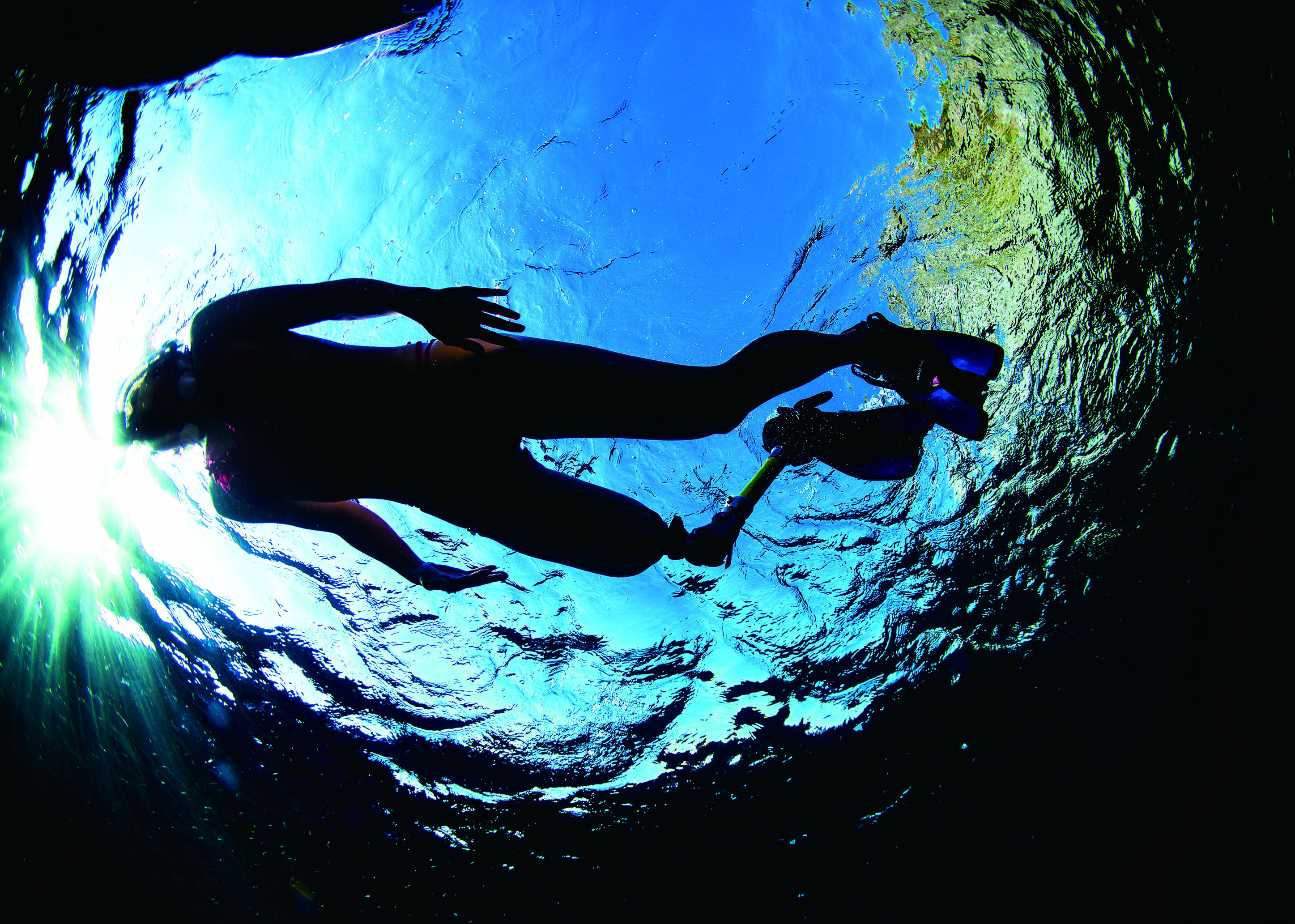Japan isn't the easiest place to live for people with disabilities. Buildings and transportation aren't always accessible; people are apt to regard disabilities as shameful; and a societal tendency to turn away from anything unpleasant makes it difficult to effect change. Nevertheless change is possible, as evidenced by the recent visibility of women with one specific disability — those who have lost a leg.
The catalyst was the publication last year of a collection of photographs by Takao Ochi that capture the beauty and vitality of 11 Japanese women who live active lives with artificial legs. The project was the brainchild of Fumio Usui, a noted prosthetist who made the legs the women use. It had long been Usui's dream to present the public with positive images of women who have been through an amputation. First published in Japanese as "Setsudan Venus" (Hakujunsha, 2014), an international edition is now available in English with the translated title "Amputee Venus."
Most Japanese amputees hide their disability, according to Usui, who works at the Prosthetic and Orthotic Care Center of the Tetsudo Kosaikai Foundation in Tokyo. Founded in 1932 to aid disabled railway workers, the organization builds and fits approximately 80 percent of prosthetic legs in Japan.

















With your current subscription plan you can comment on stories. However, before writing your first comment, please create a display name in the Profile section of your subscriber account page.